We put the Samsung Galaxy Z Fold5 through our rigorous SBMARK Camera test suite to measure its performance in terms of photo, video and zoom quality from an end-user perspective. This article analyzes the behavior of the device in a series of tests and several common use cases and aims to highlight the most important results of our tests with an excerpt of the acquired data.
Overview
Key Camera Specifications:
- Main: 50 MP sensor, 1.0 µm pixels, 23 mm equivalent f/1.8 aperture lens, Dual Pixel PDAF, OIS
- Ultra-wide: 12MP sensor, 1.12µm sensor, 12mm-equivalent f/2.2 aperture lens
- Tele: 10 MP sensor, 3x optical zoom, f/2.4 aperture lens, PDAF, OIS
Pros
- Good exposure and wide dynamic range
- Generally good color rendering in photos and videos
- High level of detail captured in video
- Smooth exposure transitions in video
Against
- Image noise quite intrusive in photos and videos
- Slight white balance in daylight conditions
- Occasional autofocus errors in low light
- Blending artifacts in challenging low-light conditions
While the Samsung Galaxy Fold5 didn’t make it into the upper regions of the SBMARK Camera rankings, it delivered decent results in most of our test categories and was able to capture nice photos and video clips in most shooting conditions. The Galaxy Z Fold5’s camera is also a slight improvement over its predecessor the Z Fold4. Considering they both have the same camera hardware, the slightly better performance is due to improved imaging software and tuning. The high price of the Galaxy Z Fold5, however, probably makes the device more interesting for those users who appreciate the (still) innovative folding design and large display. But if the priority is camera performance, then other high-end devices with a more conventional form factor offer better value.
The Samsung Galaxy Z Fold5 performed quite well when taking photos and videos of friends and family. In portrait scenes, subject exposure was generally good, and even in difficult backlighting conditions the camera managed to maintain good contrast on the subject. Color rendition was good, with natural skin tones in both photo and video modes. Image results in bokeh mode were also natural and pretty close to what you’d expect from a DSLR and fast lens. The downside is that the camera was unable to guarantee zero shutter lag, which meant it was harder to capture the decisive moment in moving scenes than other devices in this class. Additionally, a rather shallow depth of field resulted in out-of-focus background subjects in group shots.
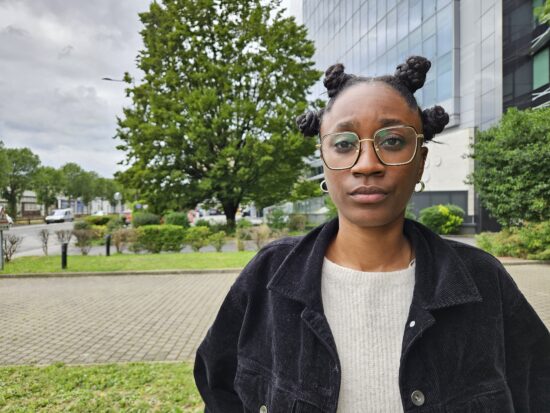
Samsung Galaxy Fold5 – Good target exposure and quite natural skin tone rendering
When shooting in low light, the Z Fold5 captured photos with good exposure in most situations. White balance and color rendition were quite neutral and pleasant, and texture levels were generally high. However, our testers observed higher noise levels than other devices in this class, and in very low light, we also noticed some underexposed subjects and autofocus issues.
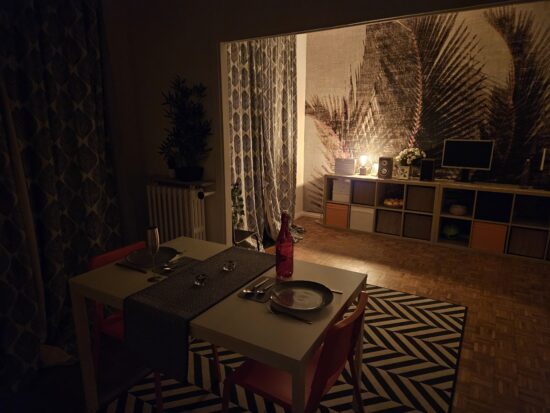
Samsung Galaxy Fold5 – Pleasant white balance, even under tungsten light

Samsung Galaxy Fold5 – Underexposure, subject out of focus, color noise
Trial summary
About SBMARK Camera Tests: SBMARK camera evaluations take place in laboratories and real-world situations using a wide variety of subjects. Scores are based on objective tests whose results are calculated directly by the measurement software in our laboratory setups, and on perceptual tests where a sophisticated set of metrics allows a panel of imaging experts to compare aspects of image quality images that require human judgment. Testing a smartphone involves a team of engineers and technicians for about a week. Photo, zoom and video quality are evaluated separately and then combined into an overall score for comparing cameras on different devices. For more information on the SBMARK camera protocol, click here. More details on smartphone camera scores can be found here. The following section compiles key elements of SBMARK’s comprehensive testing and analysis. Full performance evaluations are available upon request. Please contact us to find out how to receive a full report.
Samsung Galaxy Z Fold5 camera scores compared to Ultra-Premium
This graph compares SBMARK photo, zoom, and video scores between the tested device and the references. The average and maximum scores of the price range are also indicated. The average and maximum scores for each price segment are calculated based on the SBMARK database of tested devices.
Photo
127
Huawei P60Pro
Huawei P60Pro
About SBMARK Camera Photo Tests
For scoring and analysis, SBMARK engineers capture and evaluate more than 2,600 test images in both controlled laboratory environments and natural outdoor, indoor, and low-light scenes, using the camera’s default settings. The photography protocol is designed to take into account key use cases and is based on typical shooting scenarios, such as portrait, family and landscape photography. Evaluation is performed by visually examining images Cons a natural scene reference and performing objective measurements on laboratory-captured graph images under varying lighting conditions from 1 to 1,000+ lux and color temperatures from 2,300K to 6,500K.
In photo mode, the Samsung Galaxy Z Fold5 performed well in most use cases. The target exposure was always accurate and the dynamic range was quite wide, capturing good highlight and shadow detail in high-contrast scenes. In terms of color, slight white balance casts were sometimes visible, but they remained within acceptable limits. Autofocus was stable and reliable in most conditions. On the downside, image noise was evident in all test conditions, with noise levels sometimes peaking in discrete areas of the frame.
Samsung Galaxy Z Fold5 photo scores compared to Ultra-Premium
Photography tests analyze image quality attributes such as exposure, color, texture and noise under various lighting conditions. Autofocus performance and the presence of artifacts are also evaluated on all images captured under controlled laboratory conditions and in real-life images. All of these attributes have a significant impact on the final quality of images captured with the tested device and can help understand the camera’s key strengths and weaknesses.
Approach
Close-up is the third new use case score introduced with SBMARK Camera version 5. It evaluates the camera’s ability to capture details at subject distances smaller than 10cm and magnifications as close to 1:1 as possible.
The Samsung Galaxy Z Fold5 doesn’t come with a dedicated lens for macro photography, but the device still allowed you to capture good close-ups using the pinch-zoom method.
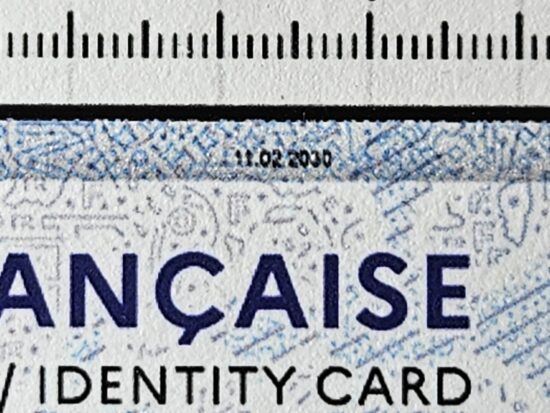
Samsung Galaxy Z Fold5 – Good detail
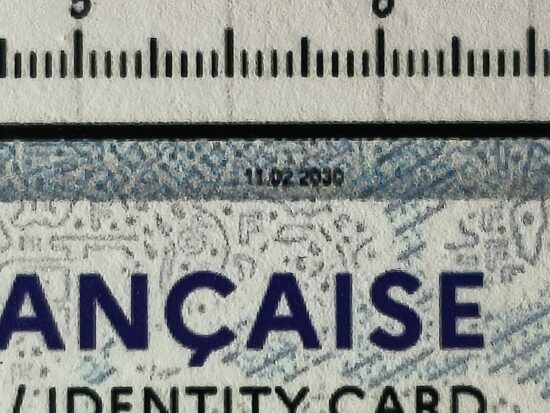
Oppo Find N2 Flip – Slight loss of detail
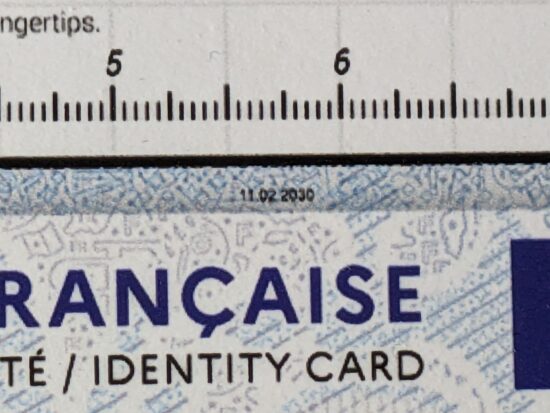
Google Pixel Fold – Good detail
Exposure
104
Huawei P60Pro
Huawei P60Pro
Exposure is one of the key attributes for technically good images. The main attribute evaluated is the brightness of the main subject across various use cases such as landscape, portrait or still life. Other factors evaluated are contrast and dynamic range, e.g. the ability to make details visible in both bright and dark areas of the image. Repeatability is also important because it demonstrates the camera’s ability to provide the same rendering when shooting multiple images of the same scene.
In our tests the exposure was good, with a fairly wide dynamic range. In some very difficult backlit scenes, you may notice highlight clipping. That said, in these backlit portraits, the overall contrast on the subject’s face remained pleasing.


Samsung Galaxy Z Fold5: good target exposure, visible clipping of highlights.


Oppo Find N2 Flip: good target exposure, no highlight clipping.


Google Pixel Fold: good target exposure, visible highlight clipping.

Samsung Galaxy Z Fold5 – Good exposure and contrast, strong clipping of highlights

Oppo Find N2 Flip – Good exposure and wide dynamic range, low contrast

Google Pixel Fold – Slight underexposure, wide dynamic range, good contrast
Color
108
Huawei P60Pro
Huawei P60Pro
Color is one of the key attributes for technically good images. The image quality attributes analyzed are skin tone rendering, white balance, color shading and repeatability. Regarding color and skin tone rendering, we penalize unnatural colors but respect the manufacturer’s choice of color signature.
The Z Fold5 provided fairly accurate white balance in most lighting conditions. However, in cloudy conditions, our testers occasionally noticed a green cast. That said, color rendition was overall nice and vivid, with natural skin tones.

Samsung Galaxy Z Fold5 – Neutral and accurate white balance

Oppo Find N2 Flip – Slight tendency towards blue white balance

Google Pixel Fold – Neutral and accurate white balance

Samsung Galaxy Z Fold5 – Green white balance, natural skin tones

Oppo Find N2 Flip – Neutral white balance, inaccurate skin tone rendering

Google Pixel Fold: Accurate white balance and skin tone rendering
Auto focus
96
Huawei P60Pro
Huawei P60Pro
Autofocus tests focus on focus accuracy, focus repeatability, shutter lag, and depth of field. Shutter delay is the difference between when the user presses the capture button and when the image is actually taken. It includes focusing speed and the device’s ability to capture images at the right time, the so-called “zero shutter lag” capability. While a shallow depth of field can be nice for single-subject portraits or close-ups, it can also pose a problem in some specific conditions such as group portraits; Both situations are tested. Focus accuracy is also evaluated in all real-world images taken, from infinity to close-up objects and low-light to outdoor conditions.
Autofocus was fast and reliable enough in most situations, but the camera offered zero shutter lag, resulting in a slight delay between pressing the shutter button and image capture. Some autofocus errors were evident in low-light conditions, and compared to some competitors, the Fold5 camera’s depth of field is quite shallow, which can result in blurry background subjects in group shots.
Autofocus irregularity and speed: 20Lux Δ7EV Tungsten Handheld
This graph illustrates focus accuracy and speed as well as zero shutter lag capability by showing edge sharpness versus shooting time measured with the AFHDR setup over a series of images. All photos were taken at 20Lux with tungsten illuminant, 500ms after blur. In this scenario, the backlit panels in the scene are set to simulate a fairly high dynamic range: the luminance ratio between the brightest point and an 18% reflective gray area is 7, which we denote by an exposure value difference of 7 Edge sharpness is measured on the four edges of the Dead Leaves graph and shooting time is measured on the LED universal timer.

Samsung Galaxy Z Fold5 – Depth of field

Samsung Galaxy Z Fold5 – Blurred background subject

Oppo Find N2 Flip – Depth of field

Oppo Find N2 Flip: background subject in focus
Structure
99
Oppo Find X6 Pro
Oppo Find X6 Pro
Texture tests analyze the level of detail and texture of subjects in images taken in the lab and in real-life scenarios. For natural shots, special attention is paid to the level of detail in the light and dark areas of the image. Objective measurements are performed on map images taken under various lighting conditions from 1 to 1000 lux and different types of dynamic range conditions. The papers used are the proprietary SBMARK (DMC) paper and the Dead Leaves paper.
SBMARK CHART (DMC) Detail Retention Score vs. Lux Levels for Tripod and Handheld Conditions
This graph shows the evolution of the DMC detail retention score with lux level, for two retention conditions. The DMC Detail Retention Score is derived from an AI-based metric trained to evaluate the performance of texture and detail on a selection of crops from our SBMARK chart.
In terms of texture, the Z Fold5 produced decent results, even in low light. Fine details were preserved well and sharpening was applied only lightly, but the Z Fold5 couldn’t match the texture performance of the Google Pixel Fold.

Samsung Galaxy Z Fold5 – Exterior texture

Samsung Galaxy Z Fold5 – Decent details

Oppo Find N2 Flip – Exterior texture

Oppo Find N2 Flip – Unnatural details

Google Pixel Fold – Outdoor Textures

Google Pixel Fold: high level of detail, natural rendering of details
Noise
82
Honor Magic5 Pro
Honor Magic5 Pro
Noise tests analyze various noise attributes such as intensity, chromaticity, grain, texture on real-life images and on graph images taken in the laboratory. For natural images, particular attention is paid to noise on faces, landscapes, but also on dark areas and high dynamic range conditions. Noise on moving objects is also evaluated on natural images. Objective measurements are performed on graph images taken under various conditions from 1 to 1000 lux and different types of dynamic range conditions. The graph used is the dead leaf graph and standardized measurement such as visual noise derived from ISO 15739.
Evolution of visual noise with illuminance levels under handheld conditions
This graph shows the evolution of the visual noise metric with lux level in handheld conditions. The visual noise metric is the average of the visual noise measurement across all areas of the Dead Leaves graph in the AFHDR configuration. SBMARK visual noise measurement is derived from the ISO15739 standard.
With high noise levels in all light conditions, the Z Fold5 left some room for improvement in this test category. Our testers also noticed local areas that exhibited higher noise levels than the rest of the chassis, at all light levels.
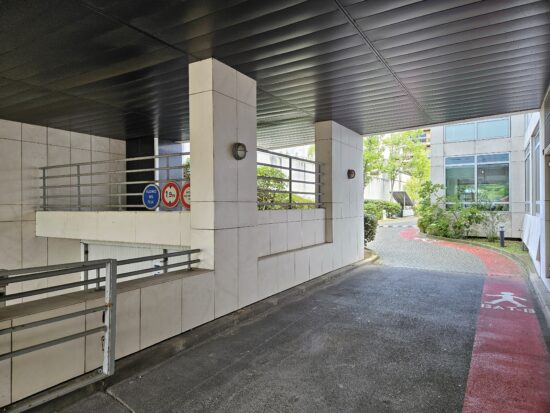
Samsung Galaxy Z Fold5 – External noise

Samsung Galaxy Z Fold5 – Gross noise

Oppo Find N2 Flip – External noise

Oppo Find N2 Flip – Slight luminance noise

Google Pixel Fold – External noise

Google Pixel Fold: slight luminance noise

Samsung Galaxy Z Fold5 – Low noise light

Samsung Galaxy Z Fold5 – Coarse and chromatic noise
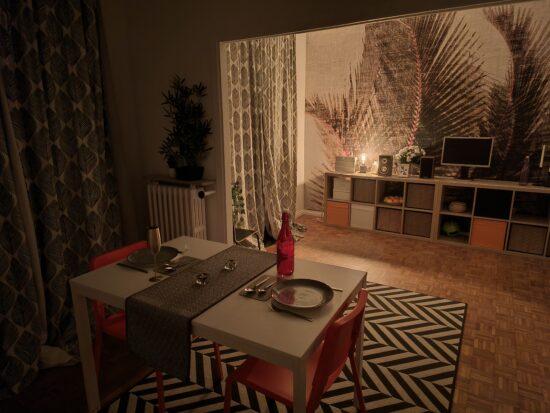
Oppo Find N2 Flip – Low noise

Oppo Find N2 Flip – Fine luminance noise

Google Pixel Fold: reduced noise

Google Pixel Fold: Subtle luminance noise
Artifacts
74
GooglePixel6
GooglePixel6
Artifact evaluation examines lens shading, chromatic aberrations, geometric distortion, ringing edges, halos, ghosting, quantization, unexpected color tone changes, among other types of possible unnatural effects on the photos. The more severe and frequent the artifact, the greater the point deduction from the score. The main artifacts observed and the corresponding point loss are listed below.
In terms of unwanted image artifacts in photo mode, when shooting in low light, blending artifacts were evident, as were ghosting on moving subjects in the scene.
Major penalties for photography artifacts
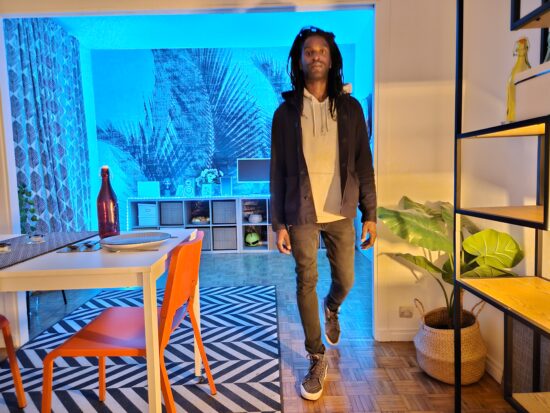
Samsung Galaxy Z Fold5 – Artifacts

Samsung Galaxy Z Fold5 – Blending Artifacts
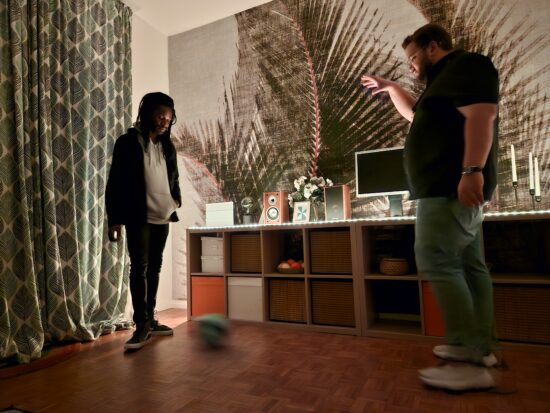
Samsung Galaxy Z Fold5 – Artifacts

Samsung Galaxy Z Fold5 – Blending Artifacts
Bokeh
70
Huawei P60Pro
Huawei P60Pro
Bokeh is tested in a dedicated mode, usually portrait or aperture mode, and analyzed by visually inspecting all images captured in the laboratory and in natural conditions. The goal is to reproduce a portrait photograph comparable to one taken with a DLSR and a wide aperture. The main image quality attributes that were paid attention to are depth estimation, artifacts, blur gradient, and the shape of the bokeh blur spotlights. The quality attributes of the portrait image (exposure, color, texture) are also taken into account.
In bokeh mode, the Z Fold5 took great portraits, with proper subject isolation, good exposure, and nice skin tones. The gradient blur on the foreground and background parts of the frame created an overall effect that approximates what you’d get from a DSLR and a fast lens. However, some depth estimation errors were also visible in our test samples.
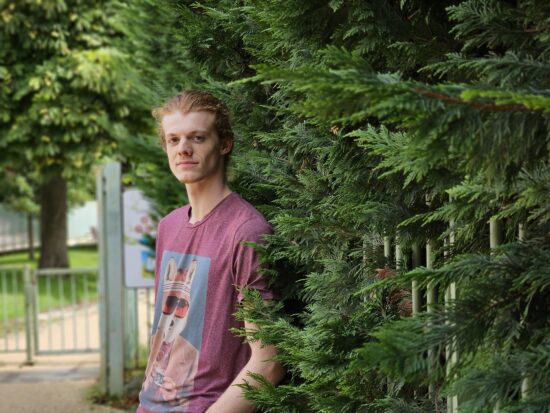
Samsung Galaxy Z Fold5 – Good subject isolation, fairly natural blur gradient

Oppo Find N2 Flip – Good subject isolation, no blur in the foreground
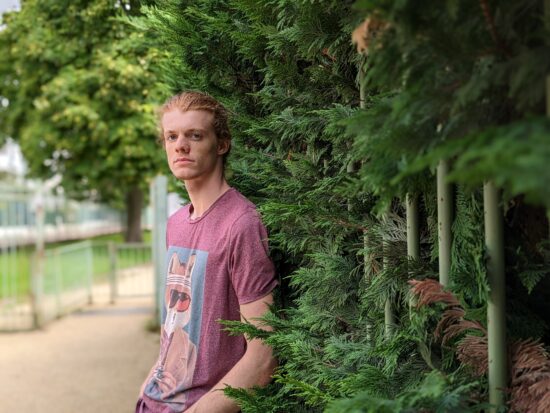
Google Pixel Fold – Good subject isolation, fairly natural blur gradient
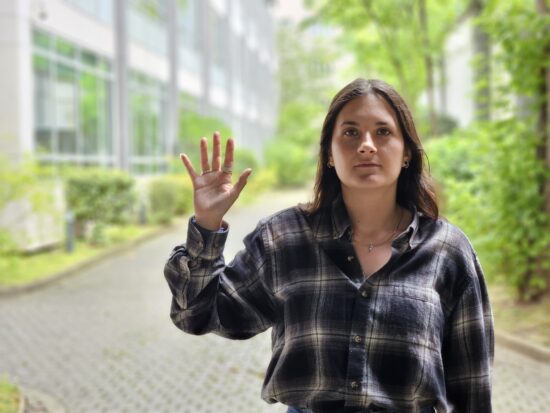
Samsung Galaxy Z Fold5 – Bokeh Mode

Samsung Galaxy Z Fold5 – Slight depth estimation errors
Preview
76
Apple iPhone 14 Pro Max
Apple iPhone 14 Pro Max
Preview tests analyze the quality of the camera app’s image preview, with a focus on the difference between capture and preview, particularly regarding dynamic range and the application of bokeh. The smoothness of exposure, color and focus adaptation when switching from the minimum to the maximum available zoom factor is also evaluated. The preview frame rate is measured using the LED universal timer.
The preview image on the device’s display wasn’t as good as that of the class-leading iPhone 14 series, but it was still pretty close to the final shot. However, our testers noticed some differences between preview and capture, especially when shooting backlit scenes. Switching to bokeh mode, depth estimation was quite similar between preview and capture.

Samsung Galaxy Z Fold5 – Capture

Samsung Galaxy Z Fold5 – Preview – Lower dynamic range than captured

Samsung Galaxy Z Fold5 – Capture
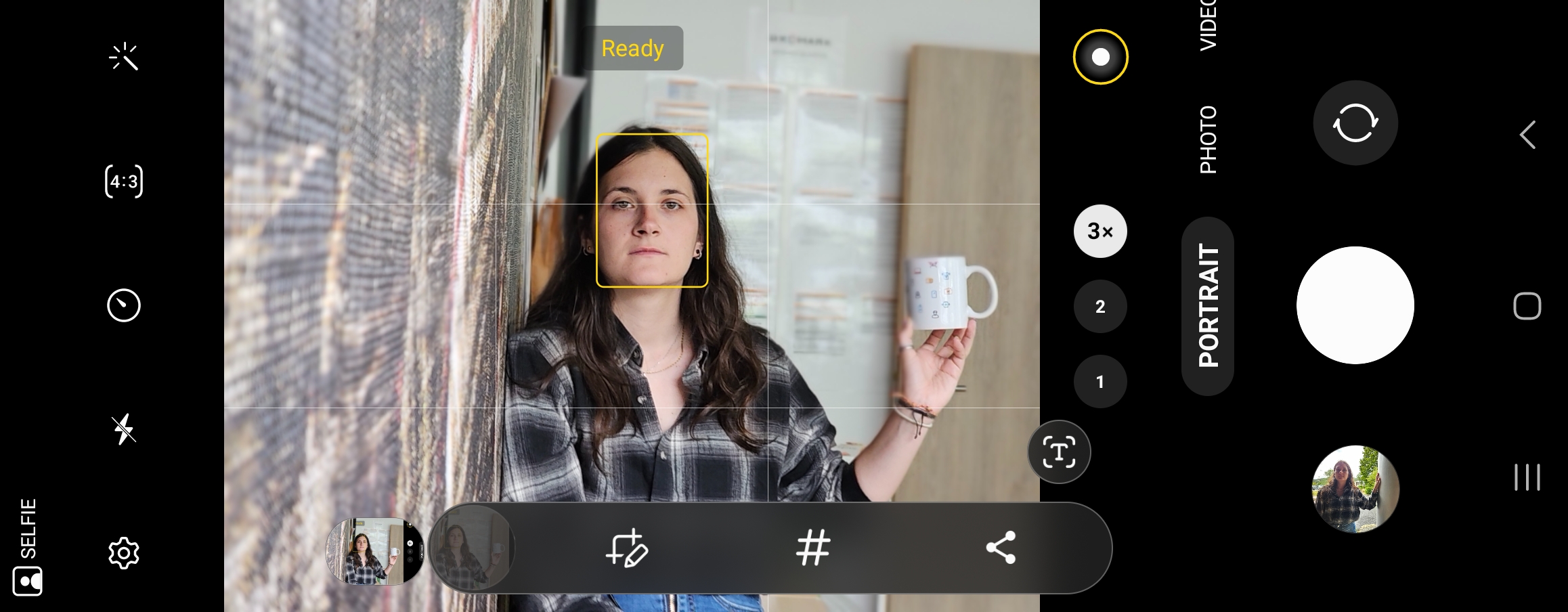
Samsung Galaxy Z Fold5 – Preview – Isolating the subject near the shot
Zoom in
128
Huawei P60Pro
Huawei P60Pro
Learn about SBMARK camera zoom tests
SBMARK engineers capture and evaluate more than 400 test images in controlled laboratory environments and in natural outdoor, indoor, and low-light scenes, using default camera settings and pinch zoom at various zoom factors from ultra wide zoom to long range zoom. Evaluation is performed by visually examining images Cons a natural scene reference and performing objective measurements of graph images captured in the laboratory under varying conditions from 20 to 1000 lux and color temperatures from 2300K to 6500K.
The Samsung Galaxy Z Fold5 comes with dedicated ultra-wide and tele modules, which allow for a lot of flexibility in terms of zoom. Images captured with the ultra-wide camera offered good color rendition, accurate and stable exposure. The tele module captured good details but our testers also noticed some noise in the image, especially when taking photos in low light conditions.
Samsung Galaxy Z Fold5 Zoom Scores vs. Ultra-Premium
This graph illustrates the relative scores for the different zoom ranges evaluated. The abscissa is expressed in focal length equivalent to 35 mm. Zoomed scores appear on the right and zoomed scores appear on the left.
Zoom video
Video footage recorded with the wide-angle or telephoto zoom applied was well exposed and had good color rendition. However, the telezoom video lacked detail.
Wide
104
Huawei P60Pro
Huawei P60Pro
These tests analyze the performance of the ultra-wide camera at different focal lengths from 12mm to 20mm. All image quality attributes are evaluated, with particular attention to artifacts such as chromatic aberrations, lens softness and distortion. The images below are an excerpt of the tested scenes.
Images captured with the ultra-wide camera showed good colors and detail, but our testers also noticed some image noise and clipping of highlights in high-contrast scenes.

Samsung Galaxy Z Fold5 – Good exposure and good color rendering

Oppo Find N2 Flip – Noise (but pleasantly grainy looking)

Google Pixel Fold – Slight clipping of highlights
tele
93
Huawei P60Pro
Huawei P60Pro
All image quality attributes are evaluated at focal lengths between approximately 40mm and 300mm, with particular attention to texture and detail. The score is derived from a series of objective measurements in the laboratory and perceptual analysis of real-life images.
The Samsung Galaxy Z Fold5’s telephoto lens offers good exposure stability and color saturation in different lighting conditions. Additionally, the camera captured good detail at all light levels in close-up telephoto shots. However, our testers observed a clear drop in detail at medium and long ranges. Image noise was also noticeable in indoor and low-light shots.
SBMARK CHART (DMC) detail retention score by focal length
This graph shows the evolution of the DMC detail retention score versus the full-frame equivalent focal length for different lighting conditions. The x-axis represents the equivalent focal length measured for each corresponding shooting distance, and the y-axis represents the maximum detail retention metric score – a higher value means better quality. The large dots correspond to the zoom ratio available in the camera application user interface.
SBMARK CHART (DMC) detail retention score by focal length
This graph shows the evolution of the DMC detail retention score versus the full-frame equivalent focal length for different lighting conditions. The x-axis represents the equivalent focal length measured for each corresponding shooting distance, and the y-axis represents the maximum detail retention metric score – a higher value means better quality. The large dots correspond to the zoom ratio available in the camera application user interface.
SBMARK CHART (DMC) detail retention score by focal length
This graph shows the evolution of the DMC detail retention score versus the full-frame equivalent focal length for different lighting conditions. The x-axis represents the equivalent focal length measured for each corresponding shooting distance, and the y-axis represents the maximum detail retention metric score – a higher value means better quality. The large dots correspond to the zoom ratio available in the camera application user interface.
SBMARK CHART (DMC) detail retention score by focal length
This graph shows the evolution of the DMC detail retention score versus the full-frame equivalent focal length for different lighting conditions. The x-axis represents the equivalent focal length measured for each corresponding shooting distance, and the y-axis represents the maximum detail retention metric score – a higher value means better quality. The large dots correspond to the zoom ratio available in the camera application user interface.

Samsung Galaxy Z Fold5 – Good exposure and color rendering, some noise
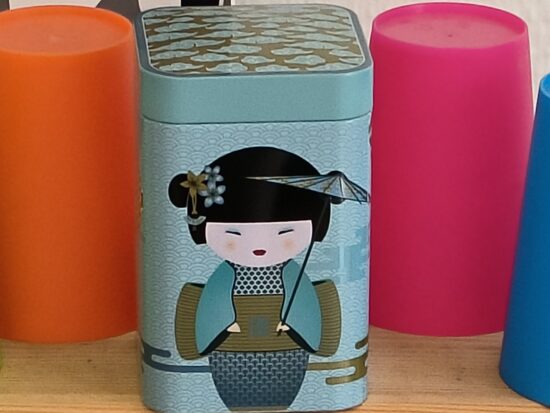
Oppo Find N2 Flip – Loss of detail, ringing

Google Pixel Fold – Noise, slight ringing
video
123
Apple iPhone 14 Pro Max
Apple iPhone 14 Pro Max
About SBMARK Camera Video Tests
SBMARK engineers capture and evaluate more than 2.5 hours of video in controlled laboratory environments and natural low-light scenes, indoors and outdoors, using default camera settings. The evaluation consists of visual inspection of natural videos taken under various conditions and performing objective measurements on videos of graphs recorded in the laboratory under different conditions from 1 to 1000+ lux and color temperatures from 2,300 K to 6,500 K.
In video mode, the Samsung Galaxy Z Fold5 offered good overall color rendition and stable white balance. The camera also managed to keep noise levels low when recording in daylight or indoors. However, in low light, noise, including color noise, became more intrusive, color accuracy suffered, and shots were often underexposed.
Samsung Galaxy Z Fold5 video scores versus Ultra-Premium
Video tests analyze the same image quality attributes as still images, such as exposure, color, texture or noise, as well as temporal aspects such as speed, smoothness and stability of exposure, white balance and autofocus transitions.
Exposure
90
Apple iPhone 14 Pro Max
Apple iPhone 14 Pro Max
Exposure tests evaluate the brightness of the main subject and the dynamic range, e.g. the ability to make details visible in both bright and dark areas of the image. The stability and temporal adaptation of the exposure are also analyzed.
Video clips captured on the Samsung Galaxy Z Fold5 had accurate target exposure in outdoor conditions. Dynamic range was wide, but there was often information loss and clipping in the shadow areas of the frame when recording in low light.
Samsung Galaxy Z Fold5 – Good exposure, shadow clipping
Oppo Find N2 Flip – Good exposure, slight shadow clipping
Color
95
Apple iPhone 14 Pro Max
Apple iPhone 14 Pro Max
Image quality color analysis examines color rendering, skin tone rendering, white balance, color shading, white balance stability and its adaptation when the light changes.
Color rendering was pleasant in all light conditions. However, some unnatural skin tones may be observed in low light conditions.
Samsung Galaxy Z Fold5 – Good color rendering, even in low light, unnatural dark skin tones
Oppo Find N2 Flip – Good skin tone rendering, high noise levels
Auto focus
96
Apple iPhone 14 Pro Max
Apple iPhone 14 Pro Max
The Z Fold5 video autofocus provided good performance in most conditions, but some instability could occasionally be noted.
Samsung Galaxy Z Fold5 – Slightly low target exposure, autofocus instability (46 – 47sec).
Oppo Find N2 Flip – Good target exposure, stable autofocus
Structure
100
Oppo Find X6 Pro
Oppo Find X6 Pro
Texture tests analyze the level of detail and texture of real videos and graphics videos recorded in the laboratory. Natural video footage is assessed visually, paying particular attention to the level of detail in bright and dark areas. Objective measurements are performed on chart images taken under various conditions from 1 to 1000 lux. The cards used are SBMARK (DMC) card and Dead Leaves card.
SBMARK CHART (DMC) Video detail retention score versus lux levels
This graph shows the evolution of the DMC detail retention video score with the lux level in the video. The DMC Detail Retention Score is derived from an AI-based metric trained to evaluate the performance of texture and detail on a selection of crops from our SBMARK chart.
The Samsung Galaxy Z Fold5 recorded good details with good texture rendering in video mode, especially in bright light. In low-light conditions, our testers observed a slight loss of detail, especially in low-contrast areas of the frame.
Noise
104
Samsung Galaxy A23 5G
Samsung Galaxy A23 5G
Noise tests analyze various noise attributes such as intensity, chromaticity, grain, structure, temporal aspects on real video recordings and on videos of graphs taken in the laboratory. Natural videos are evaluated visually, with particular attention to noise in dark areas and high dynamic range conditions. Objective measurements are performed on graph videos recorded under various conditions from 1 to 1000 lux. The graph used is the SBMARK visual noise graph.
Evolution of spatial visual noise with illuminance level
This graph shows the evolution of spatial visual noise with lux level. Spatial visual noise is measured on the visual noise graph in the video noise setup. SBMARK visual noise measurement is derived from the ISO15739 standard.
Temporal evolution of visual noise with illuminance level
This graph shows the evolution of temporal visual noise with lux level. Temporal visual noise is measured on the visual noise graph in the video noise setup.
Video noise was generally well under control in bright light, but began to be visible as scene lighting dimmed. You may notice luminance noise on moving subjects and in shadow areas of the frame when recording in low light conditions.
Stabilization
105
Huawei P60Pro
Huawei P60Pro
The stabilization rating checks the device’s ability to stabilize footage thanks to software or hardware technologies such as OIS, EIS or any other means. The evaluation examines residual motion, smoothness, gel artifacts, and residual motion blur in walking and running use cases under various lighting conditions. The video below is an excerpt of one of the scenes tested.
The video stabilization worked effectively when holding the phone still while recording and while moving.
Samsung Galaxy Z Fold5 – Good stabilization and exposure adaptation
Oppo Find N2 Flip – Highlights clipping, noise and strong camera shake
Artifacts
78
Xiaomi 12S Ultra
Xiaomi 12S Ultra
Artifacts are evaluated with MTF and ringing measurements on the SFR graph in the lab, as well as frame rate measurements using the LED universal timer. Natural videos are visually evaluated paying particular attention to artifacts such as aliasing, quantization, blocking, and hue shifting, among others. The more severe and frequent the artifact, the greater the deduction of points from the score. The main artifacts and the corresponding point loss are listed below.
Top penalties for video artifacts
Common video artifacts were well under control on the Samsung Galaxy Z Fold5, but our testers observed some aliasing and lens flare.
Samsung Galaxy Z Fold5 – Aliasing and lens flare artifacts
Oppo Find N2 Flip – Aliasing

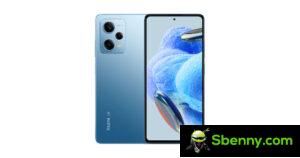

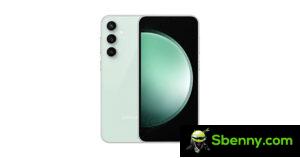
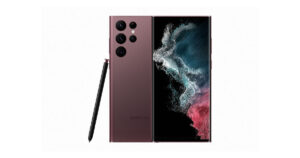
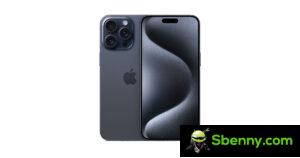
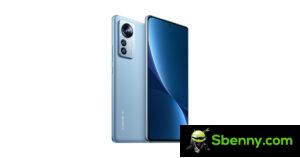
Start a new Thread